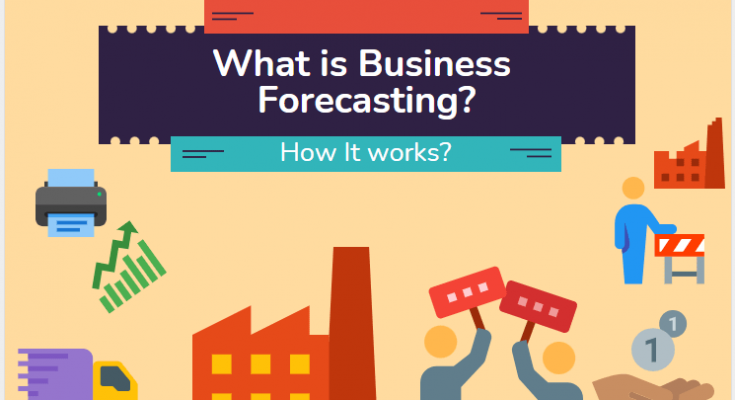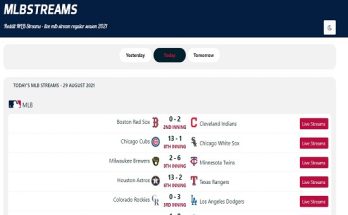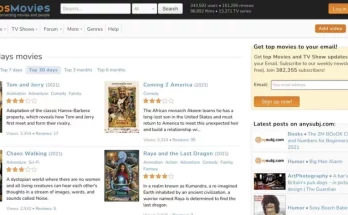Business forecasting refers to the methods and strategies used to forecast business events such as sales, expenses, and profits. The goal of business forecasting is to create better strategies based on accurate projections. Data from the past is collected and evaluated using quantitative or qualitative models to identify trends that may be used to influence demand planning, financial operations, future production, and marketing activities.
The following steps are included in the business forecasting process:
- Determine the problem, data point, or question that will serve as the foundation for the systematic study.
- Identify the best way to gather datasets by identifying key theoretical variables.
- Estimate future business operations based on facts gathered during the inquiry.
- Choose the optimal model for the dataset, variables, and estimates. The chosen model analyses the data and makes a forecast.
- Take note of the differences between actual and predicted performance. Use this data to increase the accuracy of future forecasts by refining the prediction process.
Techniques for Business Forecasting
Business forecasting and planning can be carried out using either quantitative or qualitative modelling methods.
Quantitative business forecasting techniques
Quantitative forecasting is a type of long-term business forecasting that exclusively uses quantifiable data such as statistics and historical data. Performance in the past is utilised to determine patterns or rates of change. These methods of business forecasting are very beneficial for long-term business forecasting. Among the quantitative models are:
- Also known as “Time Series Analysis,” this forecast method analyses previous data to forecast future occurrences, removing outliers and prioritising more current data. This strategy works best when there is a large amount of historical data with obvious and steady patterns. This is the most popular and economical way.
- This mathematical model employs various multiple-regression equations to assess the consistency of datasets over time and the relevance of the link between datasets, as well as to forecast key economic developments and their possible impact on the firm.
- This approach examines the relationship between various indicators and employs data from the leading indicators to estimate the performance of the lagging indicators. Lagging indicators are a sort of KPI that measures business performance after the fact and provides insight into how business tactics affect the outcomes. See 25 Best Customer Data Platform (CDP) in 2022 – tendingtech.
Qualitative Business Forecasting Techniques.
To develop short-term predictions, qualitative forecasting relies on industry specialists, or “market mavens.” These strategies are especially effective in forecasting markets with limited historical data from which to draw statistically significant conclusions. Among the qualitative models are:
- Market research involves polling and surveying a large number of prospective customers on a given product or service in order to forecast the margin by which consumption will decline or increase.
- A panel of experts is surveyed about their thoughts on certain problems. Their guesses are anonymously gathered, and a forecast is formed.
What Is The Importance of Business Forecasting?
Forecasting is essential in business management for practically every decision in every sector. Business forecasting offers information that assists business managers in identifying and understanding planning flaws, adapting to changing conditions, and achieving effective control of business operations.
Examples of business forecasting include determining the feasibility of facing existing competition, estimating the costs of recurring monthly bills, predicting future sales volumes based on past sales data, efficient resource allocation, forecasting earnings and budgeting, and scrutinising the appropriateness of management decisions.
Business forecasting software may assist business managers and forecasters in not just simply generating forecast reports but also in better understanding projections and making strategic decisions based on these predictions. A good business forecasting system should offer a clear, real-time depiction of business performance, allowing for quick analysis and efficient business planning.
Business forecasting is both an art and a science, combining business intelligence and data science, and the issues of business forecasting are frequently the result of poor judgement and inexperience. When assumptions are mixed with unexpected occurrences, they can be risky and lead to utterly erroneous forecasts. Regardless of the limits of business forecasting, any level of knowledge about likely future patterns will provide a firm with a considerable advantage.
Is there a Business Forecasting Solution like HEAVY.AI?
Big data and artificial intelligence have changed business forecasting. As businesses continue to accumulate ever-increasing amounts of data, the demand for smart forecasting solutions grows. HEAVY. AI offers a continuous dashboard for tracking the health of forecasting models. With HEAVY, you can visualise forecasts with real outcomes. AI Immerse makes it easy to determine when and how forecasts deviate from reality.
The Most Effective Business Forecasting Software
Here is the list of the best business forecasting software for your business.
#1. Blue Yonder
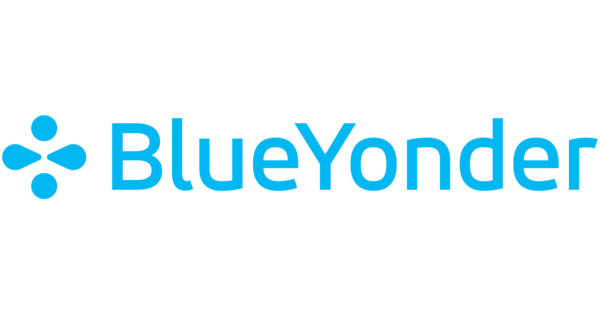
Blue Yonder is a software firm that offers supply chain management, factory planning, retail planning, store operations, and category management through its Luminate Platform software.
#2. Kinaxis
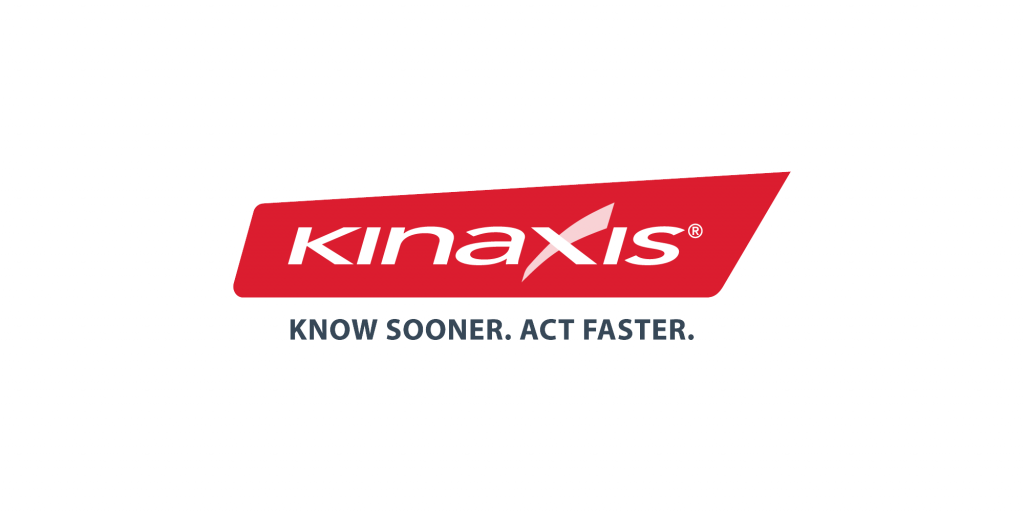
Kinaxis assists businesses in reorganising their supply chain strategy. Kinaxis RapidResponse is a cloud-based supply chain management software that integrates your data, processes, and people into a unified environment. RapidResponse’s cloud-based supply chain and S&OP solutions help companies in high-tech electronics, aerospace and military, automotive, life sciences, and industrial.
#3. Streamline
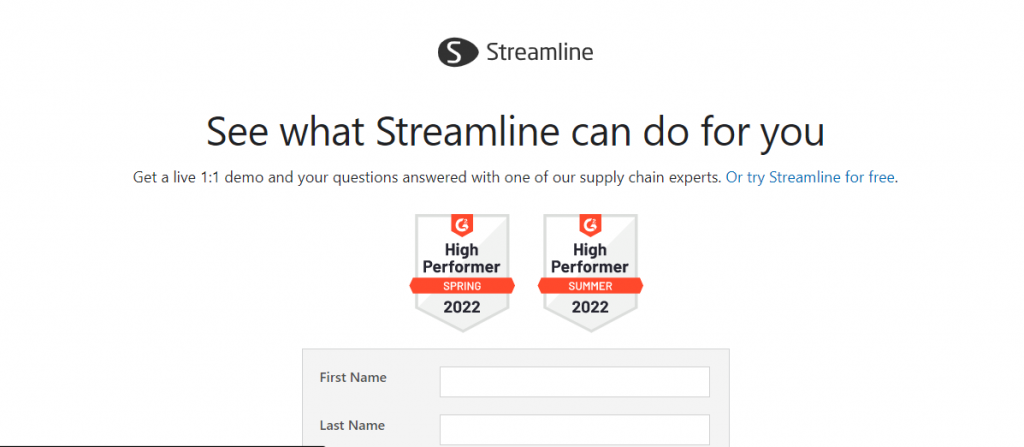
Streamline is the top business forecasting software platform for small, medium, and big businesses worldwide. Streamline, headquartered in New York, has over 150 partners and over 300 enterprise customers globally, including the United States, Canada, and 28 other countries. This artificial intelligence-powered software platform assists manufacturers, retailers, and distributors in increasing profit margins by 1–5 percentage points.
#4. SAP
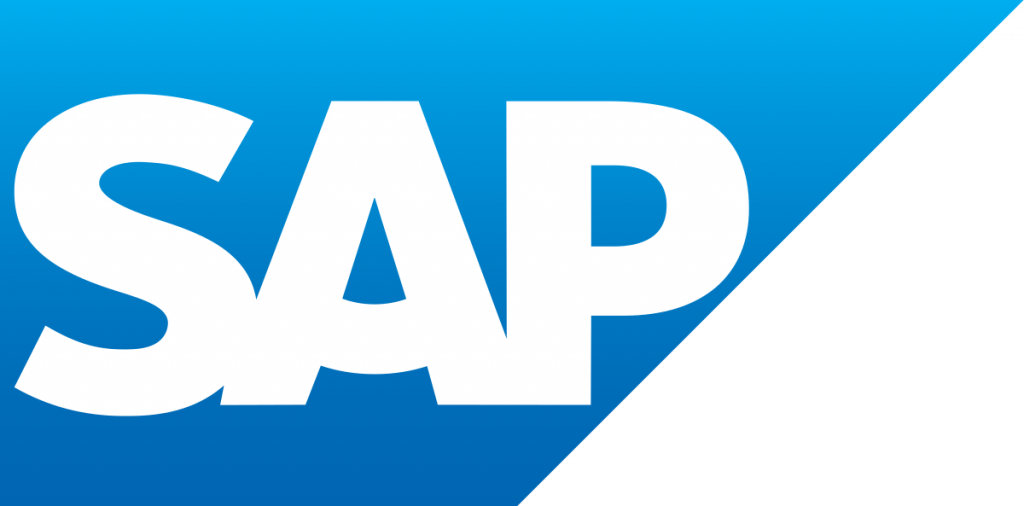
SAP Integrated Business Planning software provides clients with financial forecasting, budgeting, scenario planning, consolidation, and communication capabilities as part of its planning and consolidation solutions. This ERP can undoubtedly be used for supply chain procedures.
#5. Logility
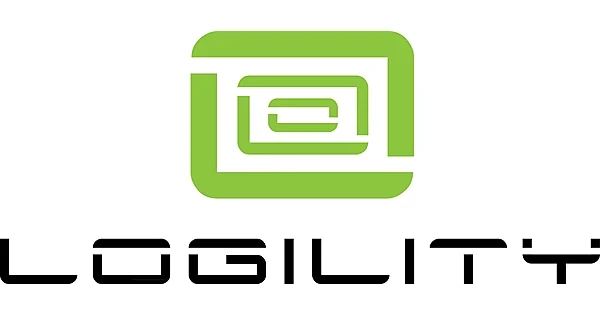
Logility’s SkuBrain is a web-based demand forecasting and inventory optimization system. It uses sales data to forecast future demand for your items and then recommends what you should buy based on current stock levels to satisfy that demand or which products may be overstocked. SkuBrain provides small-to-medium suppliers, distributors, and retailers with sales and production forecasting, inventory optimization, and replenishment planning.
#6. Oracle Demantra
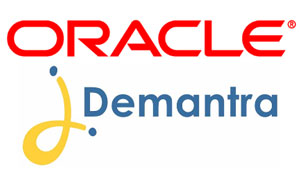
Oracle Demantra is an Oracle demand management and supply chain management product. It aids in the development of automated forecasting methods that map demand forecasting against elements such as supply constraints, customer obligations, and inventory counts.
#7. Relex
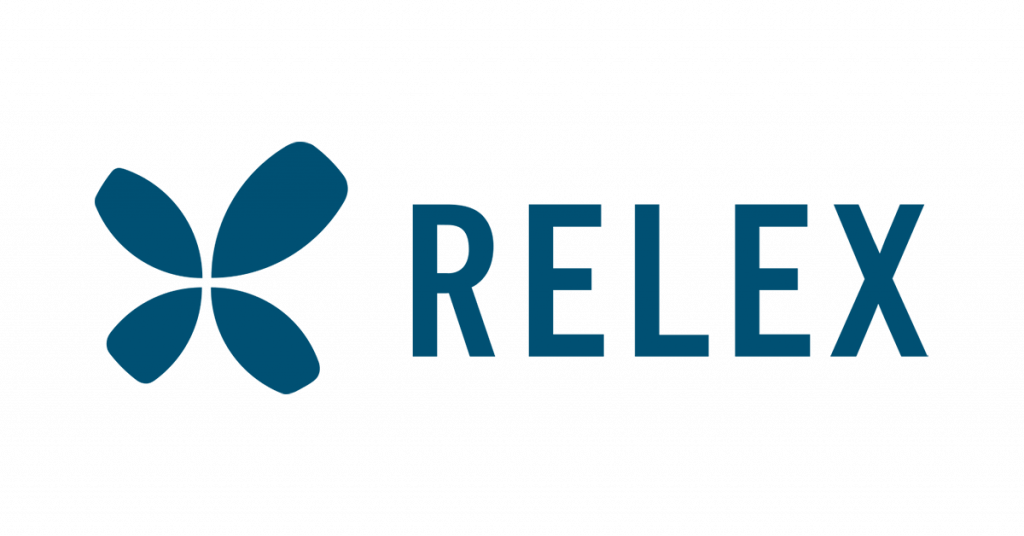
Relex is a completely retail-focused solution. With cloud-native retail planning tools, it enables merchants to be more competitive. RELEX assists organisations with improved planning by providing accurate forecasting and restocking, lucrative retail space use, and efficient staff planning.
#8. NetSuite
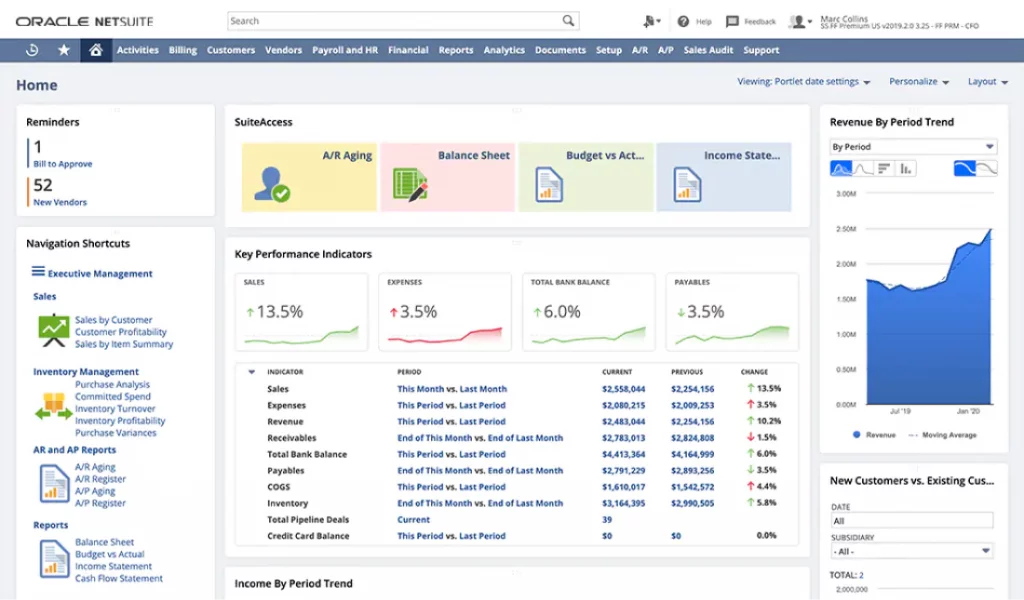
NetSuite is an Oracle-powered software. This is a strong piece of software with a plethora of functions that are both beneficial and detrimental. NetSuite is used by fast-growing enterprises ranging from pre-revenue startups to small and mid-size organisations to automate essential activities and gain real-time insights into operational and financial performance.
#9. Infor CloudSuite

Infor CloudSuite Supply Chain Planning is an integrated planning platform that allows businesses to create, manage, collaborate, and coordinate plans across their supply chain, from demand planning to supply-side response, and from detailed, operational-response planning to strategic business planning.
#10. Anaplan
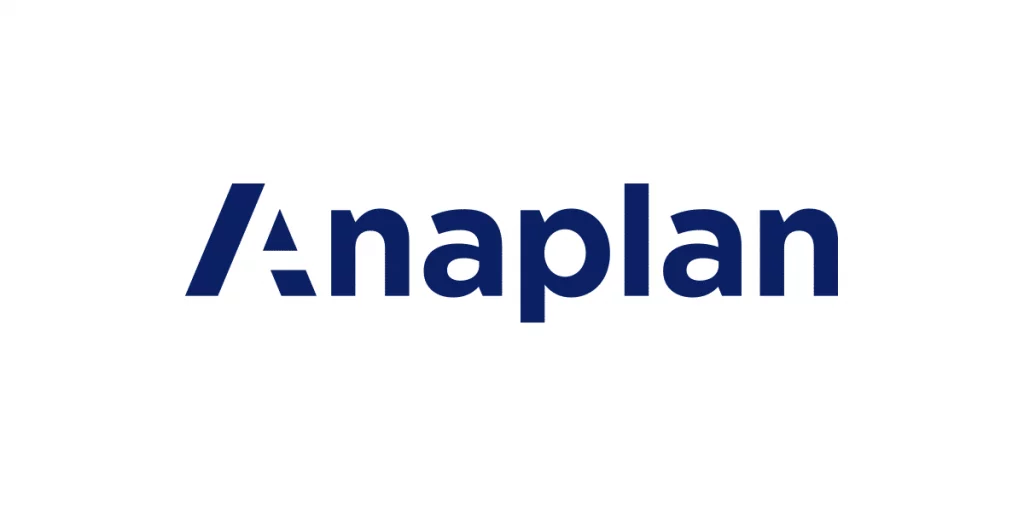
Anaplan is a planning software startup based in San Francisco, California. Anaplan supplies cloud-based business planning software subscriptions and delivers data for decision-making.
